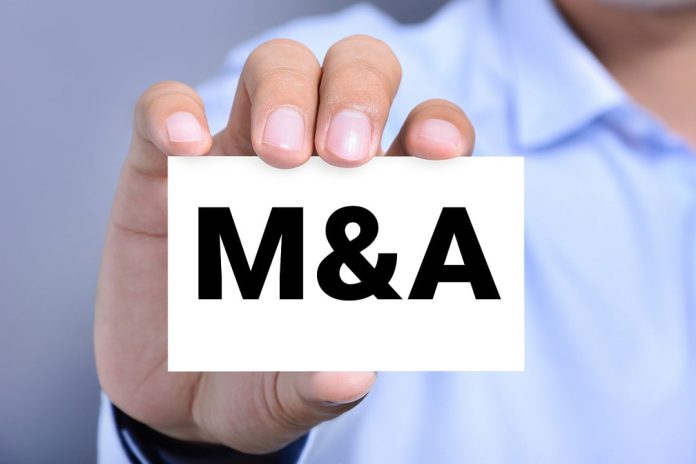THERE have been so many mergers and acquisitions in the electronic security market over the past 12 months it’s enough to make your head spin.
Honeywell has bought Xtralis, is looking to divest its Building Controls business and has talked merger with UTC. Ingram Micro is being bought by HNA, Apollo has bought ADT, Johnson Controls and Tyco are merging, FLIR has acquired DVTEL, Hanwha has bought Samsung Techwin and Canon has acquired Axis and Milestone. What do these acquisitions mean for installers, integrators and end users? Do changes of ownership undermine the nature of an organisation, disrupt its lines of product development? And what is the motivation for the current flood of M&A activity?
An increase in the number of mergers and acquisitions suggests different things about the electronic security market. For a start, mergers and acquisitions are fundamentally different in nature, with an acquisition being the 100 per cent takeover of one organisation by another, while mergers involve 2 organisations combining to form a new entity. The driving forces of mergers and acquisitions vary – in some cases they represent a fast way for organisations to gain market share and increase revenue. They might also be a way to access markets or suppliers vital to maintaining growth which an organisation under its current ownership can never access.
Additionally, M&A can be a way for an organisation to buy expertise, as well as an R&D and product manufacturing chain. Other drivers include low cost credit, the desire to liberate the value held in a business by its owners or board of directors, and a desire to increase profit margin in an acquired business by more efficient management – this latter can mean a rough ride for staff. Alternatively, these huge deals can be the opus of a CEO or board of directors – successful acquisitions or mergers worth billions of dollars can represent the pinnacle of corporate achievement. Only rarely are M&As about the survival of a business at the cost of losing its identity, though identity may be subsumed by the stronger brand.
Hostile acquisitions are more often than not, destructive of value – that’s why most modern acquisitions tend to emphasise the identity and stability of the existing business, its products and services, its staff and their relationships with their customer base. The decision to retain the identity of a business isn’t always consistent. If the purchaser has a strong business and the acquisition fits into that structure relatively seamlessly, the change of identity may be rapid. In any case, acquisitions that are disruptive can lead to the long term decline of a high quality business and while this might sometimes be deliberate – businesses can stripped of value by corporate raiders and allowed to expire – this is not a common model in the security industry.
Instead, mergers and acquisitions in security electronics are about the expansion of market share, the acquisition of adjacent expertise and technologies, the purchase of high quality product lines, the plumbing of reputation, and the guaranteeing of future revenue streams. In the electronic security industry, the current activity seems reflective of high levels of confidence in underlying business fundamentals at board level. Seen in this light, the flurry of M&A should be seen in most cases as reflecting positively on the future of the electronic security business, which is continuing to grow at healthy rates globally. Not only do purchases suggest there’s value in the security market, they suggest that despite high levels of global indebtedness, electronic security businesses retain significant reserves of cash, and/or cash flows sufficient to obtain low cost credit.
From the point of view of installers and end users, the M&A activity in electronic security recently has been fundamentally positive, with changes of ownership having minimal impact on business models and channels to market. Probably the key thing from the point of view of installers and end users, is that product development is not disrupted through changes of direction or loss of key staff members. Judging by the high levels of product development taking place across the industry, such fears seem unjustified. As 2016 rolls along there’s every chance we’ll see further M&A activity but while each these corporate deals should be considered on a case-by-case basis, for the most part the signs for customer value (and staff stability) look very positive. ♦
By John Adams








